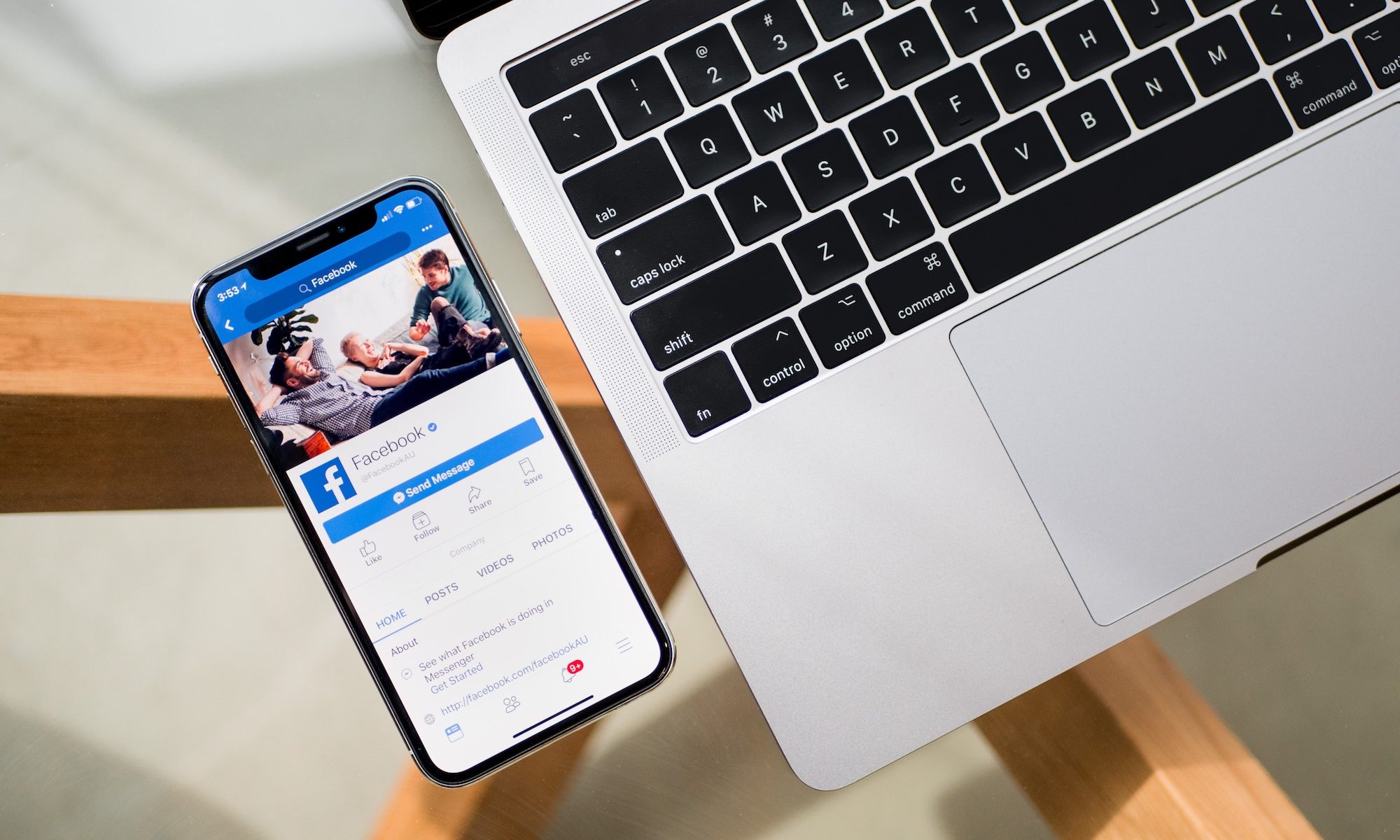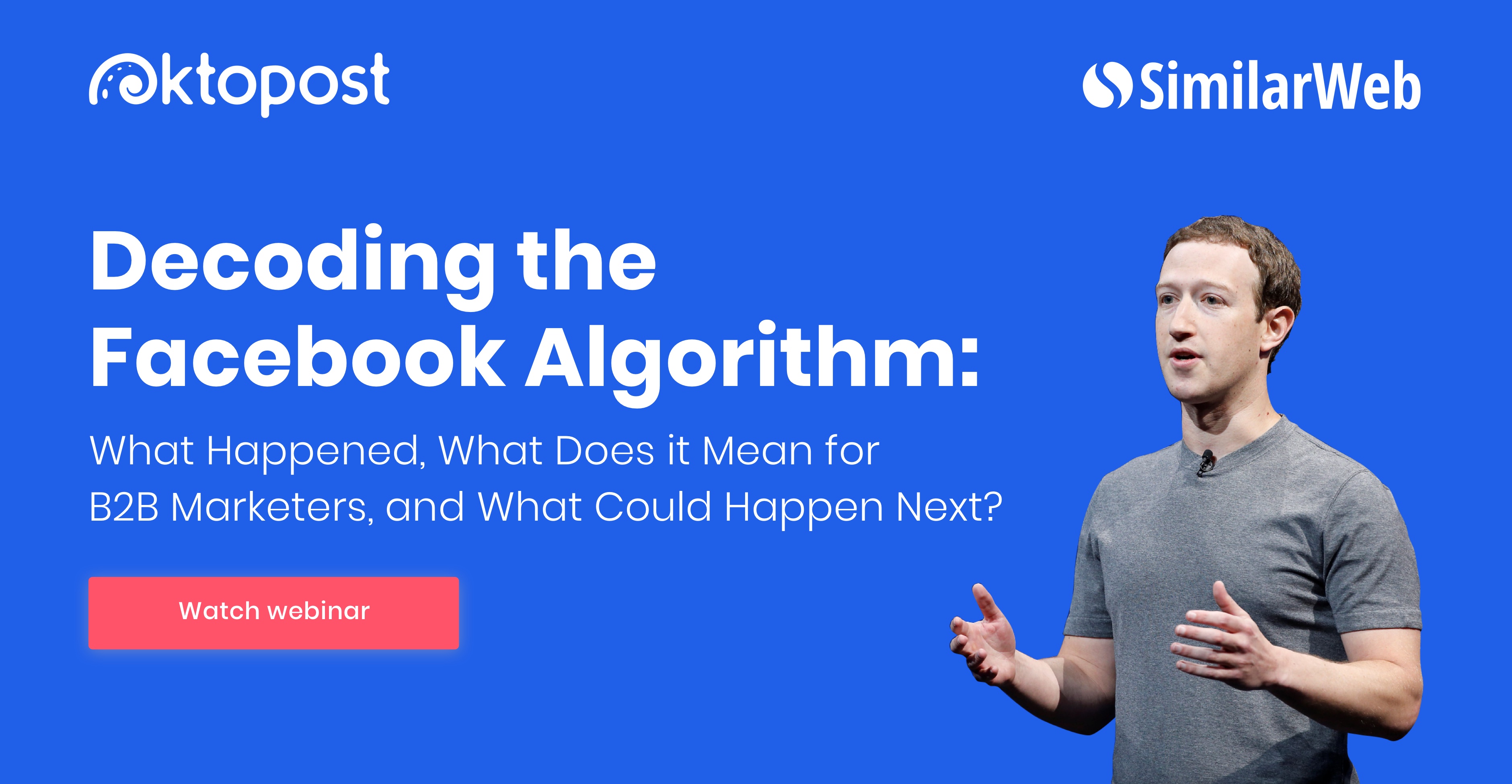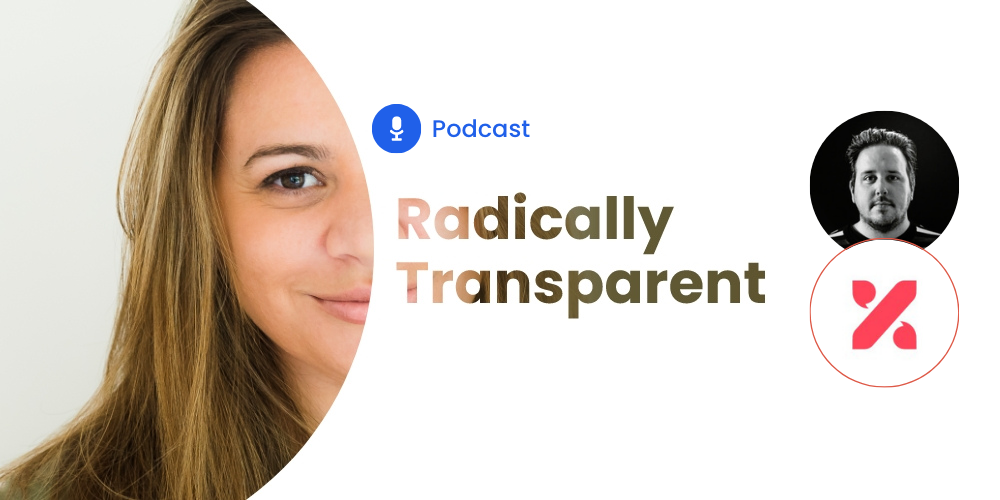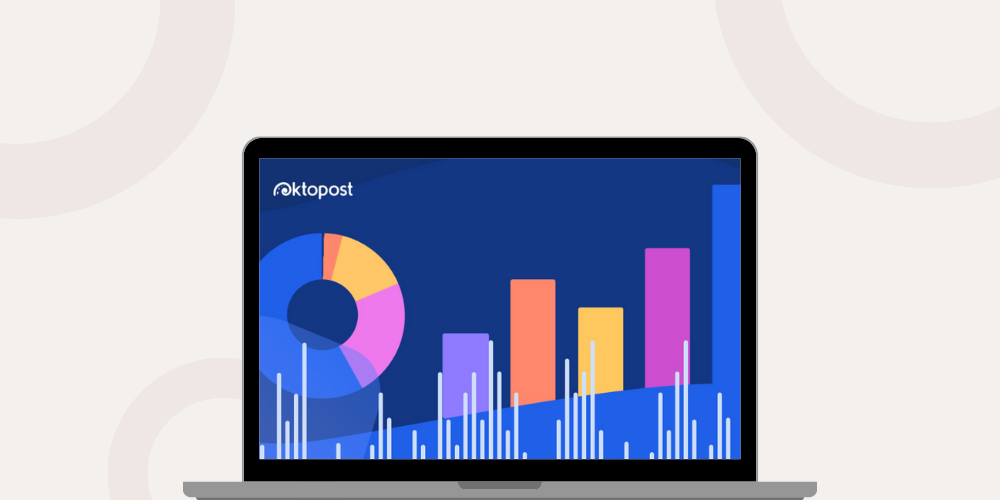Decoding the Facebook algorithm: 8 insights from our webinar

Table of contents
In January 2018, Mark Zuckerberg announced a dramatic change to the Facebook algorithm, transforming the way brands reach, engage, and grow their audience. This has led many B2B marketers to wonder: is Facebook dead?
In an attempt to answer this question and unveil new content strategies to leverage the Facebook algorithm change, Sapir Segal teamed up with Ethan Chernofsky, Director of Corporate Marketing at Similarweb, for a data-packed webinar, titled Decoding The Facebook Algorithm. And just in case you missed it, these are the key insights that came up during their discussion:
1. Marketers have ruined Facebook
In the words of Hubspot’s CMO, Kipp Bodnar, “Marketers can’t have nice things”. They take a great channel, like email, and push it to the extreme. Just as they’ve turned email into a spammy, ineffective tool, marketers have also flooded Facebook feeds with tons of irrelevant content, turning it into an extension of their website.
The impact is twofold: firstly, Facebook is changing its newsfeed algorithm to prioritize “engaging content” for its users (fair enough). Secondly, marketers are noticing a dramatic decline in their organic reach on Facebook, driving them to post more and more!
2. More isn’t always better
Following Facebook’s January announcement, B2B marketers made a conscious effort to increase posting volumes. Our data shows that, on average, they published 48% more posts to Facebook from 2017 to 2018. So if they were publishing 100 posts a month in 2017, in 2018 they published 148 posts in the exact same period.
In an ideal world, that 48% increase in posts would’ve offset the decrease in reach, but our numbers reveal the opposite. We found that the power of the reach was greater than the power of the posts, with B2B marketers noticing a 66% decline in reach since January 2018.
Another interesting finding is that there was a significant drop in engagement. Across the board, link clicks were down by 26%, likes by 53%, and shares decreased by a whopping 75%.
The moral of the story is: more isn’t always better. By boosting content velocity, marketers ended up compromising the quality of their content, in turn, driving less engagement among users.
Recommended for further reading
3. Active engagement = greater content visibility
Announcing the new Newsfeed algorithm, Adam Mosseri, VP Product at Facebook, explained “There’s more and more information that we have to consume, but only so much time to do that. So our role is to help people connect with the stories that matter to them most.”
In essence, Mosseri stressed that Facebook’s goal is to design a more friendly, user-centric platform, which shifts its focus away from how much time people spend on Facebook to how people communicate with each other.
If your content isn’t sparking “meaningful interactions” by prompting users to comment, react, share content via Messenger, and so on, it will gain zero visibility.
4. Facebook isn’t dying
Based on SimilarWeb’s market intelligence, Ethan demonstrated that there’s a clear downward trend in traffic to Facebook.com, and this trend is more evident on mobile. That said, users haven’t left the Facebook ecosystem altogether; they’re simply shifting to other Facebook-owned platforms, such as Instagram, Messenger, and WhatsApp.
The more Facebook diversifies its ecosystem to include various apps, the more its users find unique functionalities outside of Facebook.com that are better suited to their needs. A such, these platforms end up gaining far more traction than the native Facebook platform.
5. Video isn’t a magic bullet
Contrary to what many B2B marketers believe, video isn’t some magic formula for solving all of your Facebook challenges. Sure, video consumption is on the rise, but the interactions with videos are more passive in nature. Think about the last time you consumed a video – you probably just hovered or viewed it, without taking a proactive action.
We’re not saying, “don’t create videos”, we’re simply saying “don’t create videos for the sake of meeting some trend”. If your videos aren’t driving back-and-forth discussions, Facebook is going to treat them like any other piece of content, which ultimately requires much less time to create.
For videos to be effective on Facebook, they must be seasonal, topical, and relevant enough for people to talk about them and share them with their friends. Additionally, they should be posted natively on Facebook – because as we all know, Facebook doesn’t want people to leave its platform, so external linking isn’t good for organic reach.
6. It’s a brave new funnel
Traditionally, B2B marketers would post a link to their website content on Facebook, which would drive people to fill out a web form, and grow their lead database… But with Facebook wanting to keep the traffic on their platform, you can no longer rely on it to direct traffic elsewhere. You need to communicate your message right away, within the Facebook ecosystem.
This involves adjusting your content funnel to align with the way Facebook is handling content. And this isn’t complicated at all! Facebook is constantly introducing new touchpoints that make it easier for prospects to register to your content, and for marketers to garner leads.
One great example is Lead Ads, which allow prospects to fill out their contact information directly within the Facebook ad, instead of taking them to an external landing page. Lead Ads are extremely native to mobile, which means they drive much higher conversion rates.
Another example is bots. Again, instead of sending external traffic to your landing pages, why not get people to register with an automated bot? It’s simple to configure and even more enjoyable on the part of the user.
Adapting your marketing plan to these new entry points within the funnel will allow you to obtain better results, despite the changing landscape.
7. Marketers must grow their level of sophistication
Instead of giving up on Facebook and sticking to old tactics, B2B marketers need to stop focusing on what makes content popular and attention-grabbing and start focusing on what makes content personal and conversation-worthy. And this requires a growing level of sophistication and experimentation.
Firstly, define clear goals – what do want to get out of your Facebook page? Facebook is still a valuable tool when it comes to reaching objectives such as brand-awareness, staying on top of industry trends, or remaining connected with your customers.
Secondly, diversify your content to fit each platform. Beautiful, branded visuals are paramount when it comes to Instagram. Facebook Messenger is all about real-time communication, so you can experiment with chatbots.
Taking this to the next level, marketers who not only understand the context of each platform but create a cohesive experience across each one, are the ones who will see success.
8. Employee advocacy is the silver lining
At the end of the day, Facebook wants what all B2B marketers want: better human-to-human communication. One of the ways to get ahead of this is by leveraging a valuable asset – your employees. Facebook’s push towards prioritizing engagement with friends and family sparked the “perfect storm” for launching an employee advocacy program.
By sharing company content across their personal social networks, employees can make up for the lost reach. Interestingly, our data show a clear shift in engagement from companies to employees. If in 2017, content shared by advocates generated 6.75X more engagement than content shared by the official company profiles, in 2018 that number boosted to 9X – that’s a 2.24X increase!
If Facebook is all about prioritizing engagement between people, then this is the time to start thinking about expanding your audience territories through a formal employee advocacy program.
For more insights and actionable tips on how to win back your Facebook reach, watch the full webinar here.





